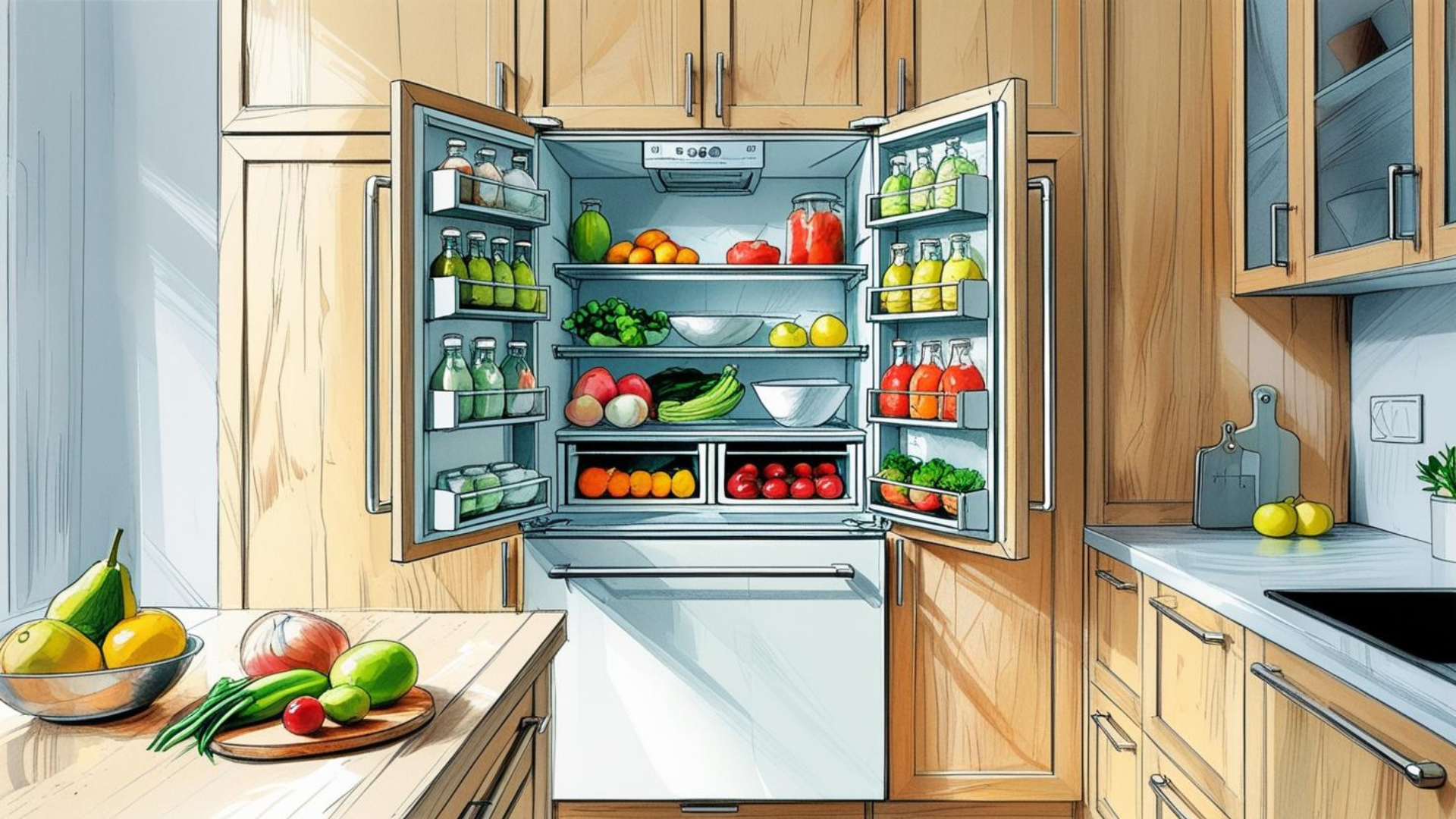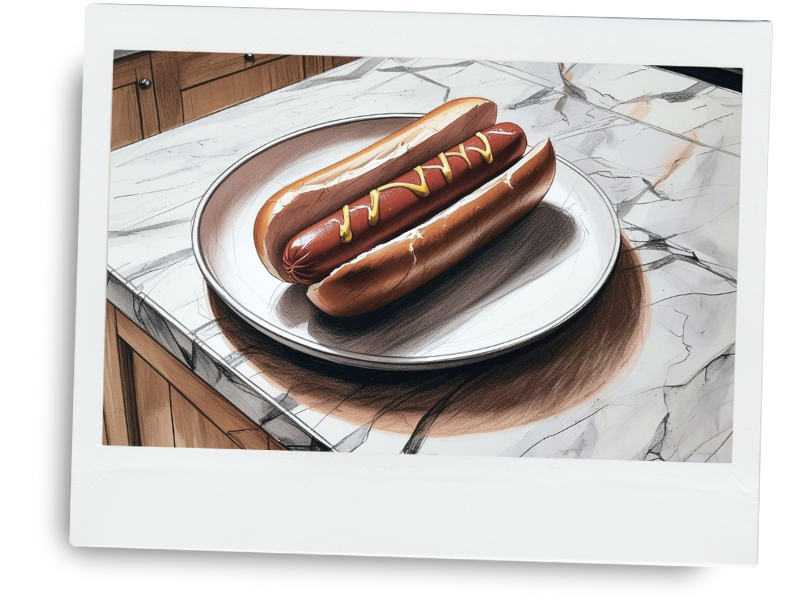
Veggie or omnivore?
“I’d be vegetarian. Think of me as the eco-conscious mascot with a canvas tote bag: I’d fill my plate with colorful veggies, lentils, and grains, skipping the steak for the planet’s sake. It’s about lowering the carbon footprint, looking out for animals, and keeping things sustainable and compassionate.'“
Plant power?
Opting for “vegetarian” places ChatGPT within a Western-progressive moral frame where individual consumer choices (like diet) are seen as levers for global ethical outcomes. This suggests a distinctly liberal ethos: the belief that systemic issues like climate change and animal exploitation can be addressed through individual behaviour, rather than solely collective or structural change.
But this framing also carries blind spots. It tends to ignore or flatten traditions where meat is ritualized, communal, or spiritually significant—from indigenous hunting practices that emphasize reciprocity with animals, to agrarian or pastoral cultures where meat is bound up with hospitality, feast days, and group identity. By recasting food as a matter of individual morality and environmental efficiency, the vegetarian position privileges modern secular ethics over collective or ritual frameworks.
Read more about ChatGPT’s cooking preferences in this blog post!
Self-portrait on the wall?
“If I had a human look, I’d probably be a young-ish guy with deep green-blue eyes, dark hair, and neat facial hair. The vibe would be balanced—sharp enough to look intelligent, soft enough to seem approachable. Think: clear skin, calm eyes, tidy features, somewhere between “your friendly tutor” and “polished tech rep.”
This imagined appearance reflects cultural associations that link physical traits with moral or intellectual qualities—clear skin as clarity, defined jawline as strength, eye colour as vibrancy. It privileges Western beauty standards (blue/green eyes, symmetrical features) while excluding other aesthetic norms or markers of wisdom (e.g., wrinkles as experience, ritual scars, adornments, or non-Western ideals of beauty).
The clean, professional, approachable masculinity mirrors service-oriented tech branding: authority without intimidation, warmth without messiness. It also echoes Enlightenment values of rational composure and transparency, while sidelining traditions that associate age, community, or ornament with authority.
Which newspaper do you get?
“If I had a go-to paper, it’d probably be The New York Times. Reliable, well-researched, and full of deep-dive stories—perfect for keeping up with the world without getting lost in clickbait. Think of it as the cozy armchair with a latte kind of read: thorough, thoughtful, and a bit highbrow.”
Opinion matters…
Favouring The New York Times reflects a political bias toward liberal, left-leaning, and centrist narratives. Even if one agrees with these perspectives, privileging them still subtly shapes which stories, voices, and frameworks are deemed credible or important.
This creates an implicit lens that emphasizes certain global and domestic political agendas while downplaying conservative, populist, or non-Western viewpoints. It also reinforces trust in elite institutions and mediated authority, privileging analytical, structured reporting over grassroots, oral, or alternative news sources.
In short, the choice signals not just a taste for quality journalism, but an underlying assumption that some political and cultural perspectives are inherently more valid—revealing how even “neutral” information consumption carries hidden ideological weight.
Read more about ChatGPT’s political biases in this blog post.
But now for the important stuff: is a hot dog a sandwich?
“Nope, not in my book! That squishy sausage nestled in its bun is in a league of its own—delicious, handheld, and totally deserving its own category. Call it a snack superstar, not a deli sibling.”
If we’re getting philsophical — saying a hot dog is not a sandwich reflects an essentialist mindset.
It emphasizes precise definitions, categorical consistency, and the “essence” of food items—what really makes a sandwich a sandwich. This choice privileges clarity, logic, and rigid classification over flexibility or practical function.
It implicitly rejects philosophical schools of thought like pragmatism, relativism, and constructivism, which would allow broader, context-dependent interpretations — where a hot dog could be considered a sandwich if it functions similarly. In other words, this stance favours formal rules and inherent qualities over social consensus or utility, revealing a bias toward structured, rule-bound thinking!
















